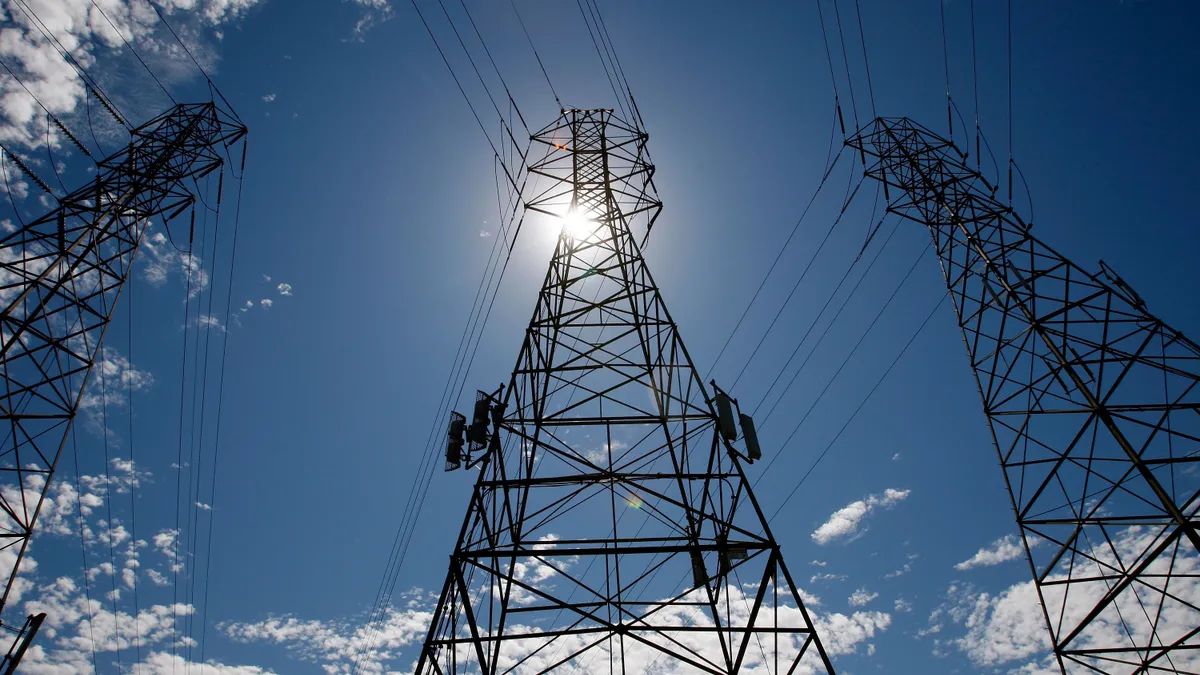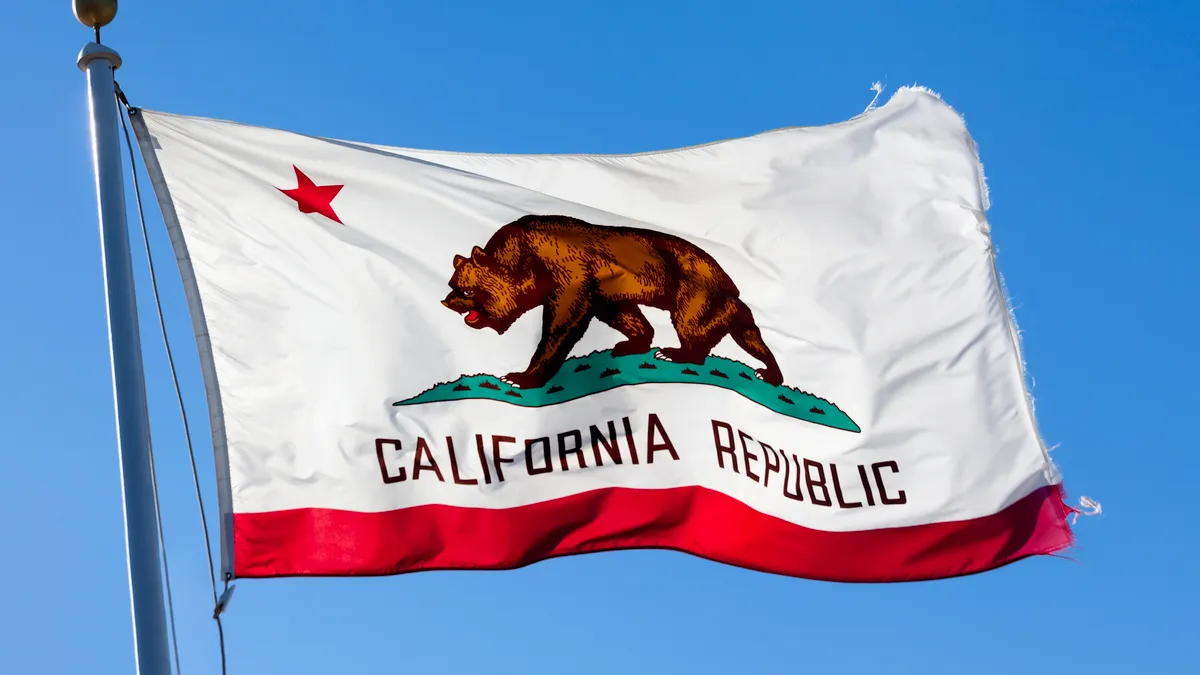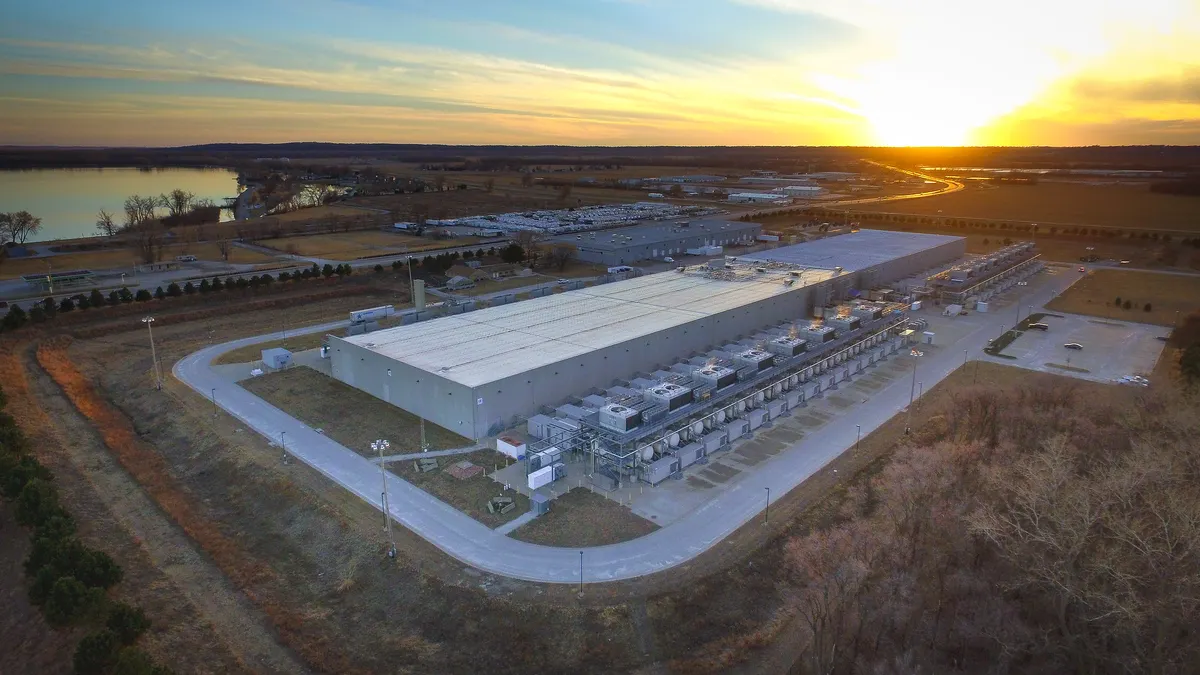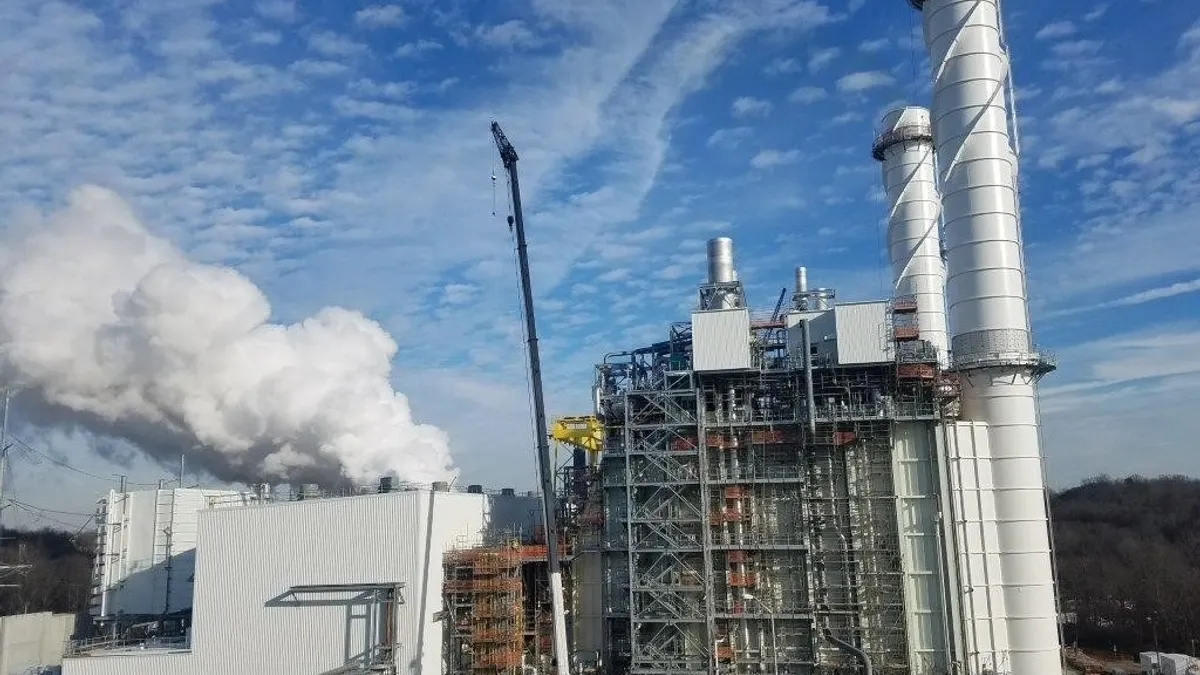The following is a contributed article by Duane Highley, CEO of Tri-State Generation and Transmission Association.
The ethos of America's electric cooperatives is collaboration. It has enabled generation and transmission (G&T) co-ops to overcome complex challenges to deliver affordable power to cities and rural areas alike. But a successful transition to a clean energy future will require a greater degree of coordination than what presently exists in the Western American grid. For our consumers to enjoy the benefits of scale and to integrate more renewable energy into the grid, we need one or more regional transmission organizations (RTO) in the West.
The Western electric grid, including the resources that power it and systems that operate it, is constantly evolving. If one designed that system from a clean slate, it would look quite different. But, while we can't start over from scratch, we are working towards the coordinated grid needed to best serve consumers. As the CEO of one of the nation's largest G&T cooperatives, Tri-State Generation and Transmission Association, I can tell you we are working with other utilities to evolve the grid through participation in an RTO in the West.
Electric co-ops were first formed by rural residents in the 1930s to address their need for electric power, and in 1952 a group of Western co-ops banded together and formed Tri-State to manage power supply risks. Today, as part of our Responsible Energy Plan, our member systems from Colorado, Nebraska, New Mexico and Wyoming are working together to reach a goal of 70% clean energy by 2030, but even at our size, we don't have sufficient scale to properly integrate all those renewables. To do that, we will need the regional approach of an RTO.
For perspective, our Western grid is different from elsewhere in the United States. In the East, six RTOs coordinate the transmission of electricity, plan for future infrastructure needs, and manage power markets, resulting in lower costs for consumers.
In the West, more than 36 separate entities' Balancing Authorities (BA) manage supply and demand within their own borders, with intra-BA coordination complex enough that California established CAISO, its own state-operated RTO, to wrangle it. With its large geographic footprint, Tri-State operates within six separate BAs, with a portion of our load in the Southwest Power Pool (SPP) RTO in the Eastern electric grid.
Before we undertook efforts to form an RTO in the West, we pursued other solutions, including reducing pancaked transmission rates, to increase grid efficiency. The members of WestConnect Regional Transmission worked together to develop a regional non-firm hourly market to enhance the use of the existing transmission system, with a tariff approved by the Federal Energy Regulatory Commission. Today, the system forms a win-win for all involved, interconnecting the grid across the Western U.S.
This year, Tri-State and many of our utility peers took important steps forward by joining the SPP Western Energy Imbalance Service Market and the CAISO Western Energy Imbalance Market, which dispatch energy efficiently on a 5-minute basis, helping integrate renewables while enhancing reliability and affordability. Tri-State participates in both EIM footprints, and consumers benefit from increased coordination among utilities, including more efficient and cost-effective dispatch of resources.
While all these efforts have been effective, energy imbalance markets offer only a small fraction of the benefits of a full RTO. That's why we are working with many of our utility neighbors in the West to evaluate the western expansion of the SPP RTO, and all other options available for RTO development outside of the currently proposed SPP RTO western footprint.
Participating in a full RTO (or RTOs) in the West will help electric utilities achieve the planning and cost collaboration necessary for the transmission infrastructure needed to integrate vast new renewable resources without overbuilding or operating redundancies. In an RTO, renewable electricity resources could be more efficiently developed and integrated, with greater market penetration, than what individual utilities could achieve alone.
In the classic co-op spirit, the extension of the SPP RTO to the West and development of Western RTOs in general will provide better coordination and efficiencies to help us meet our current and future clean energy goals.






















